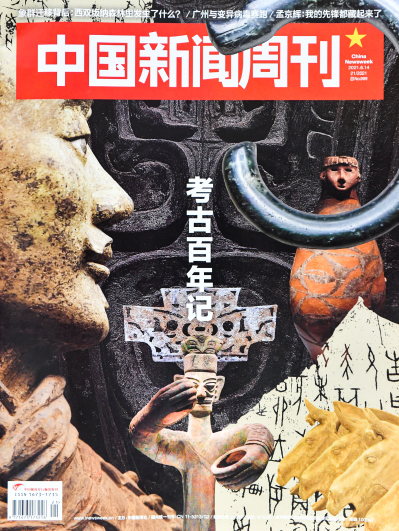As more than 1,000 significant artifacts have been unearthed from new sacrificial pits at the legendary Sanxingdui Ruins in Sichuan Province, overseas research institutes, museums and international organizations have sent China video messages congratulating the nation on embarking on its latest chapter in archaeological discoveries.
The uncovered cultural pieces are large in scale and magnificent in nature, a true testament to both the diversity and similarity of ancient global civilizations. The discoveries will also help promote cultural exchange and cooperation between China and other countries.
Following years of education and cultivation, coupled with the advent of new media in the digital age, people's enthusiasm for archaeology has intensified, mirroring the recent boom of China's public archaeology.
The dissemination of public archaeology should focus on precision and scientific methods all the while triggering the public's curiosity.
Cultural artifacts can highlight elements of traditional culture that easily gain public understanding and acceptance. They can pinpoint the intersection between traditional culture and contemporary life to appear relevant to the public, so that the people will have more incentive to see the artifacts in physical museum displays and understand their original background.
With the expansion of the digital era and the development of both virtual and augmented reality, experts have suggested adopting these technologies to make public archaeological activities more diverse and vivid.
This is an edited excerpt of an article originally published in China Newsweek on June 14
